As an Amazon Associate, I earn from qualifying purchases with no additional costs for you.
Along with southern hospitality and flavorful cuisine, South Carolina also offers a great variety of rocks and minerals for rockhounds. Whether you are an amethyst-lover or simply want to learn more about the Palmetto State’s treasures, you’ll find everything you want to know and more about South Carolina rockhounding in this overview.
As you explore the sandy beaches and rolling hills of South Carolina, keep a lookout for these common rocks and minerals:
- agate,
- blue granite,
- petrified wood,
- fossils,
- amethyst,
- tourmaline,
- aquamarine,
- kyanite,
- garnet,
- and gold.
Information makes all the difference when exploring a state for rocks and minerals, and having prior knowledge helps to tip the rockhounding odds in your favor. From rockhounding locations to state-specific information, we’ve gathered everything you’ll need for a successful South Carolina rockhounding experience.
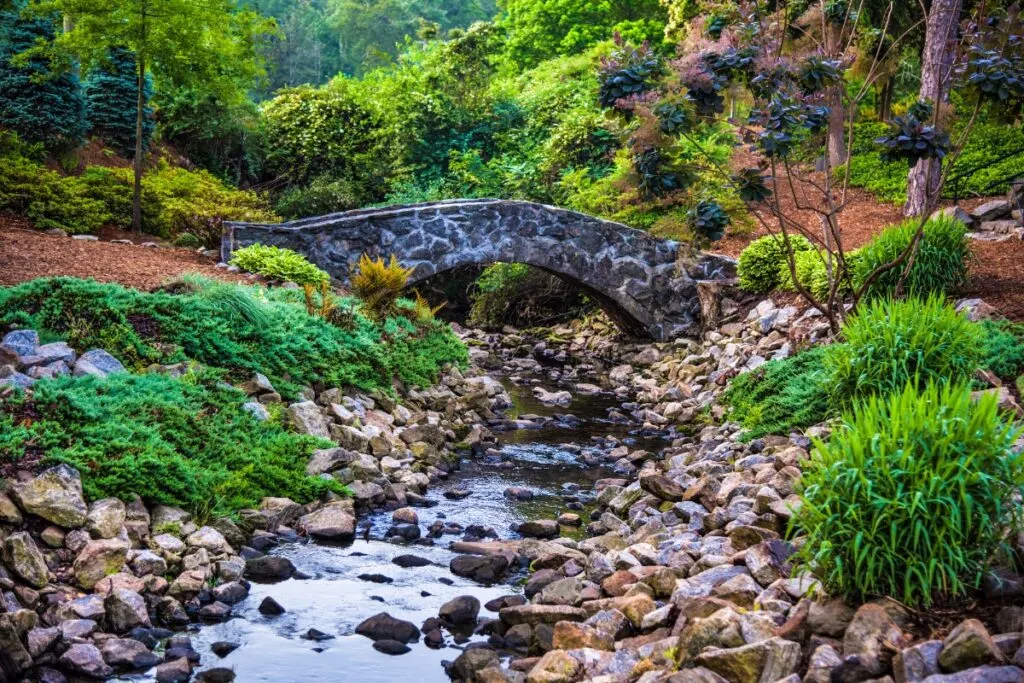
If you are interested in checking out the best rockhounding tools you can find them by clicking here (Amazon link).
What Rocks Are Found in South Carolina
In the Palmetto State, some common collectible rocks include:
Agate

| Location | GPS Coordinates |
|---|---|
| Myrtle Beach | 33.710008, -78.860273 |
| Kiawah Island | 32.606841, -80.069964 |
| Surfside Beach | 33.604354, -78.973141 |
| Atlantic Beach | 33.800691, -78.713259 |
| Long Bay | 33.768109, -78.774315 |
Rockhounds often collect agates from the river mouths and beaches of South Carolina. There’s also plenty of jasp-agates in this state, which you can find on the beaches or riverbanks.
Check out Myrtle Beach, Kiawah Island, and Surfside Beach for high-quality South Carolina agates and jasp-agates.
Blue Granite
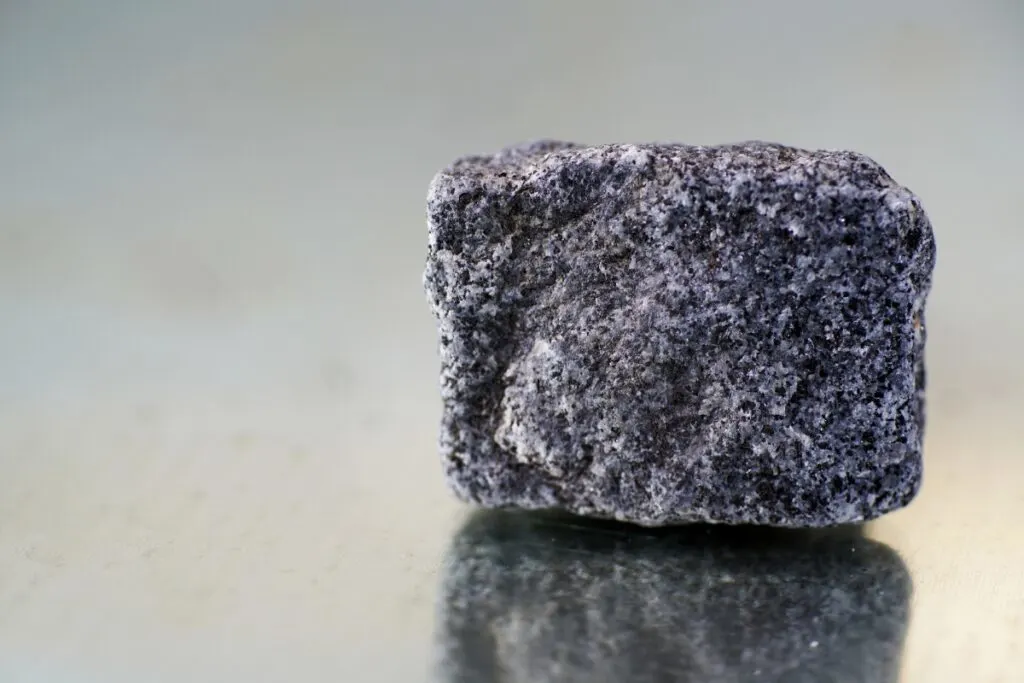
| Location | GPS Coordinates |
|---|---|
| Fairfield County | 34.337703, -81.046625 |
| Anderson County | 34.470997, -82.632526 |
| Winnsboro | 34.371715, -81.076837 |
| Laurens County | 34.446493, -81.954370 |
| Saluda County | 33.977468, -81.906305 |
Blue Granite, also called Winnsboro Blue, is the state stone of South Carolina, and it’s often chosen for the construction of buildings and other structures. When this state received the title in 1969, legislators announced that they hoped Blue Granite would be used “to beautify all areas of South Carolina.”
South Carolina’s Statehouse, which was constructed in 1908, is composed of Blue Granite, and you’ll notice many other historical buildings in the state are composed of this stone. This rock was quarried in Fairfield County from 1883 to 1964, and it appears light blue to gray in color.
The best places to find Blue Granite in the Palmetto State are the Midlands and Piedmont areas of the state. This includes Fairfield County, Anderson County, and Winnsboro. The surrounding areas are also great places to look, such as Laurens County and Saluda County.
Petrified Wood
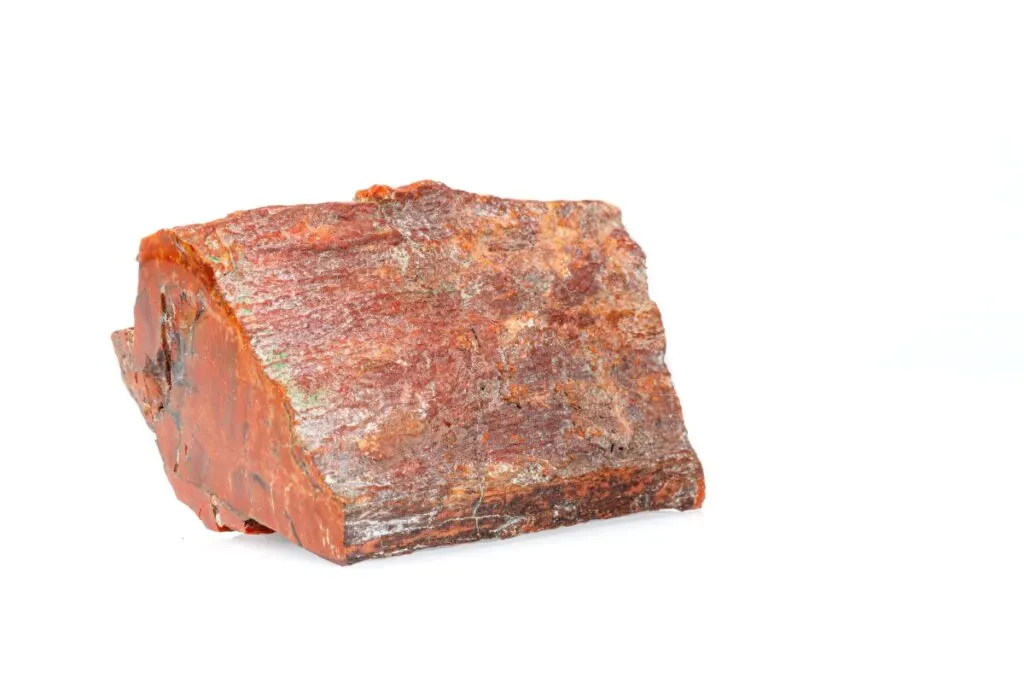
| Location | GPS Coordinates |
|---|---|
| Darlington | 34.293642, -79.895018 |
| Bellyache Creek | 34.325012, -79.881356 |
| Florence County | 34.116103, -79.542215 |
| Fairfield County | 34.395515, -80.851617 |
| Blenheim | 34.510086, -79.652379 |
Don’t be surprised if you see a piece of petrified wood floating down the river or sitting on the riverbanks and gravels of South Carolina. Petrified wood is common throughout this state, so it’s easy for rockhounds of all skill levels to find.
Look near Darlington, Bellyache Creek, and Florence County to collect South Carolina petrified wood.
Recommendation box: All tools and equipment you need for rockhounding and rock identification* (Amazon links):
1. Estwing Rock Hammer – Light, comfortable, and extremely durable hammer.
2. Estwing Geologist Pick – Classic and the most trusted paleo pick in the world.
3. Finder 12-inch Chisels – Heavy-duty chisels set with hand protection.
4. Mini Handle Shovel – This is a great tool for digging deep in the dirt.
5 Ironclad Utility Work Gloves – Breathable, but they also protect the areas requiring them most.
6. 3M Safety Glasses – Comfortable and efficient goggles for rockhounding.
7. Convoy 8+ UV Light – 365nm UV LED flashlight with a patented glass filter.
8. Wesley’s Jewelers Loupe – High magnification options (30X and 60X) with carrying case.
9. Mohs Hardness Kit – A specially designed kit for rockhounds
*All recommended products are personally tested and regularly used by experts from this website.
Fossils
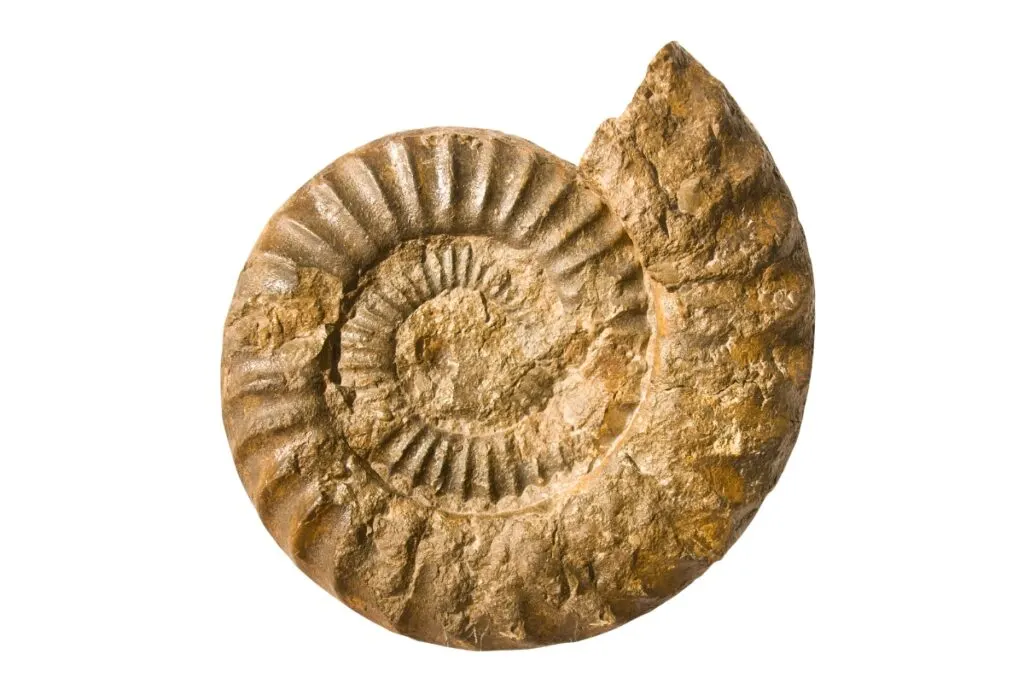
| Location | GPS Coordinates |
|---|---|
| Blenheim | 34.510334, -79.646499 |
| Myrtle Beach | 33.710008, -78.860273 |
| Cooper River | 32.784895, -79.905178 |
| Morris Island | 32.708326, -79.885310 |
| Edisto Beach | 32.484636, -80.324593 |
| Hunting Island | 32.360400, -80.443233 |
Want to bring home Megalodon teeth for your rockhounding collection? If so, there’s plenty of these teeth, along with other fossils, for rockhounds to collect in the Palmetto State.
Fossilized shark teeth, mammoth fossils, marine fossils, and invertebrate fossils are some of the most popular finds in the state.
Typically, rockhounds will find fossils from the Cambrian, Cretaceous, and Paleozoic time periods, and since the state used to be covered in water, the majority of fossils are the remains of marine life.
Rockhounds often discover fossils in Blenheim, Myrtle Beach, and the Cooper River. Morris Island and Huntington Island are also worth looking at, especially if you’re interested in collecting marine life fossils.
What Minerals Are Found in South Carolina
From amethyst to gold, we’ll cover the common collectible minerals of South Carolina in the following sections:
Amethyst
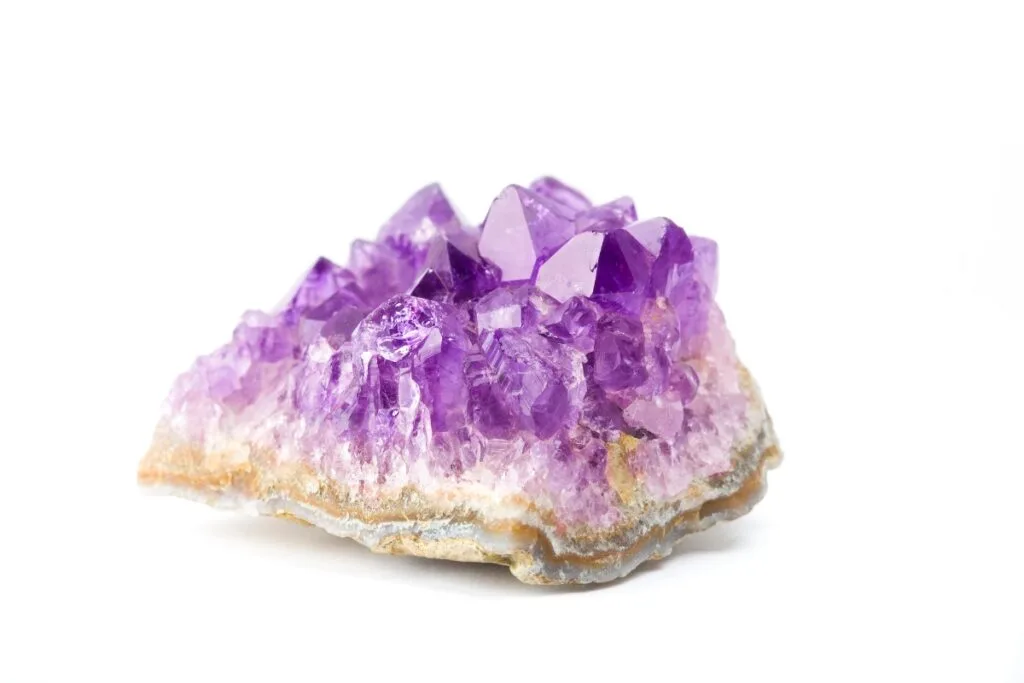
| Location | GPS Coordinates |
|---|---|
| Diamond Hill Mine | 34.270263, -82.574809 |
| Anderson County | 34.468733, -82.616053 |
| Jonesville | 34.834978, -81.679661 |
| Shoals Junction | 34.355837, -82.302814 |
| Clearwater | 33.500938, -81.895564 |
| Bowens River | 35.164169, -81.578806 |
South Carolina designated amethyst as its state gemstone in 1969, and some of the highest-quality pieces in the U.S. have been produced by this state.
While amethyst is the most popular form of quartz in South Carolina, there are other collectible types of this mineral in the area, including clear and smoky quartz. These other types of quartz are also of exceptionally high quality in the Palmetto State.
Diamond Hill Mine, Anderson County, and Jonesville are some of the top places to go for amethyst in South Carolina. Typically, you’ll want to stay near the northwest areas of the state to collect the high-quality pieces of this mineral.
TIP: Amethyst’s value depends on various factors like its color, the saturation of the color, the crystal form, and whether it is a separate crystal or a druse. Find out more below:
Amethyst Value: Main Factors & Prices for Different Units
Tourmaline
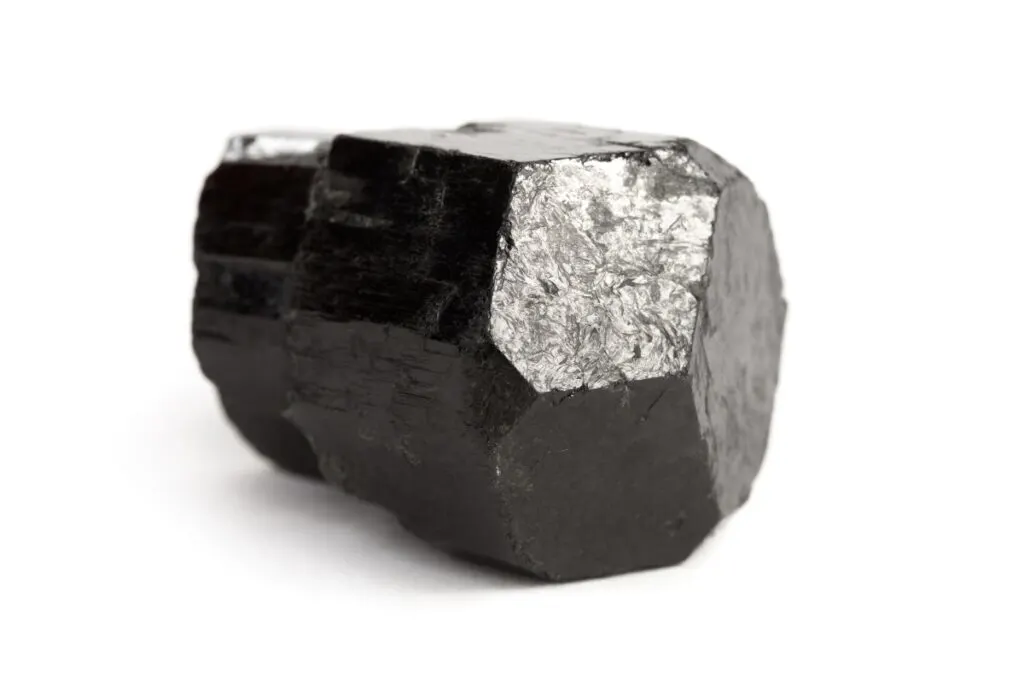
| Location | GPS Coordinates |
|---|---|
| Anderson | 34.538371, -82.663598 |
| Piedmont | 34.699222, -82.464108 |
| Paris Mountain State Park | 34.927345, -82.370182 |
| Smyrna | 35.041820, -81.407138 |
| Henry’s Knob | 35.130828, -81.274201 |
| York County | 35.018038, -81.085408 |
While there isn’t a lot of colored tourmaline in the Palmetto State, there are some beautiful, large specimens of schorl and other varieties. This doesn’t mean that you can’t find any colored tourmaline in South Carolina, but it’s typically on the rarer side.
During your search for South Carolina tourmaline, be sure to check out Anderson, Piedmont, and Paris Mountain State Park.
Aquamarine
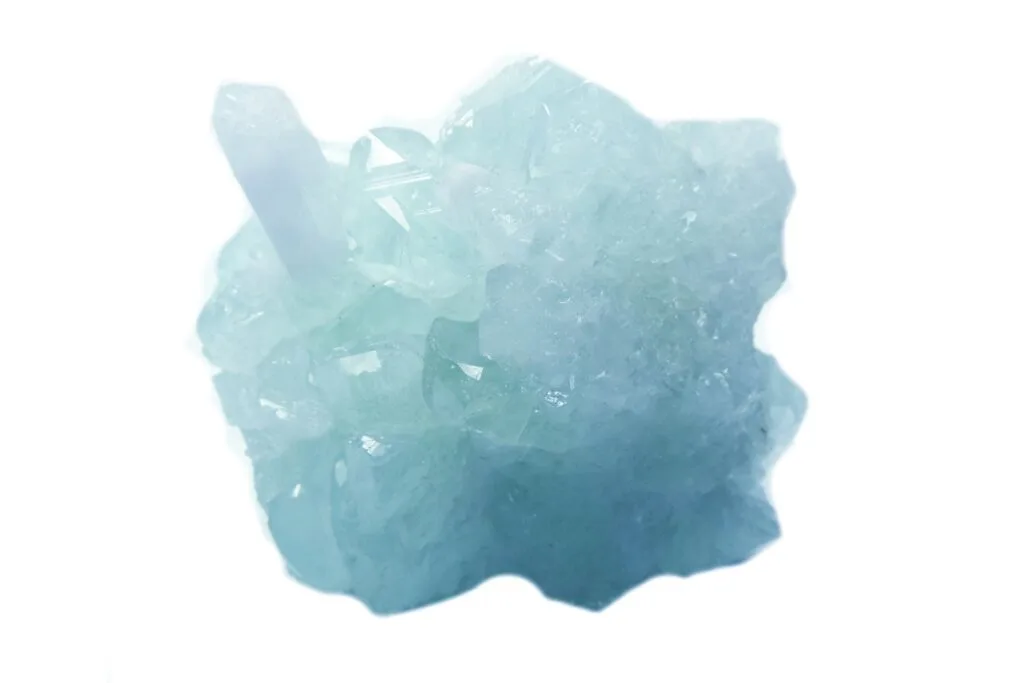
| Location | GPS Coordinates |
|---|---|
| McCormick County | 33.908436, -82.283754 |
| Anderson County | 34.533243, -82.616047 |
| Abbeville County | 34.196391, -82.373070 |
| Savannah River | 34.345789, -82.801918 |
| Bowens River | 35.164169, -81.578806 |
| Piedmont | 34.699222, -82.464108 |
Aquamarine is the most common type of beryl that you’ll come across in South Carolina, and it is typically light blue in color. Gem-quality aquamarine is a bit difficult to find, but it does exist in the state.
Additionally, you can collect other forms of beryl in the Palmetto State, including emerald and golden beryl, but these are much rarer than aquamarine.
If you want to collect aquamarine, visit McCormick County, Anderson County, and Abbeville County. For golden beryl, go to Bowens River, and for emerald, check out the Savannah River.
TIP: One of the most important aspects of rock tumbling is to use the instructions with your tumbling machine or search for them online. Check out tips and tricks in the article below:
13 Clever Tips & Tricks For Rock Tumbling You Should Know
Kyanite
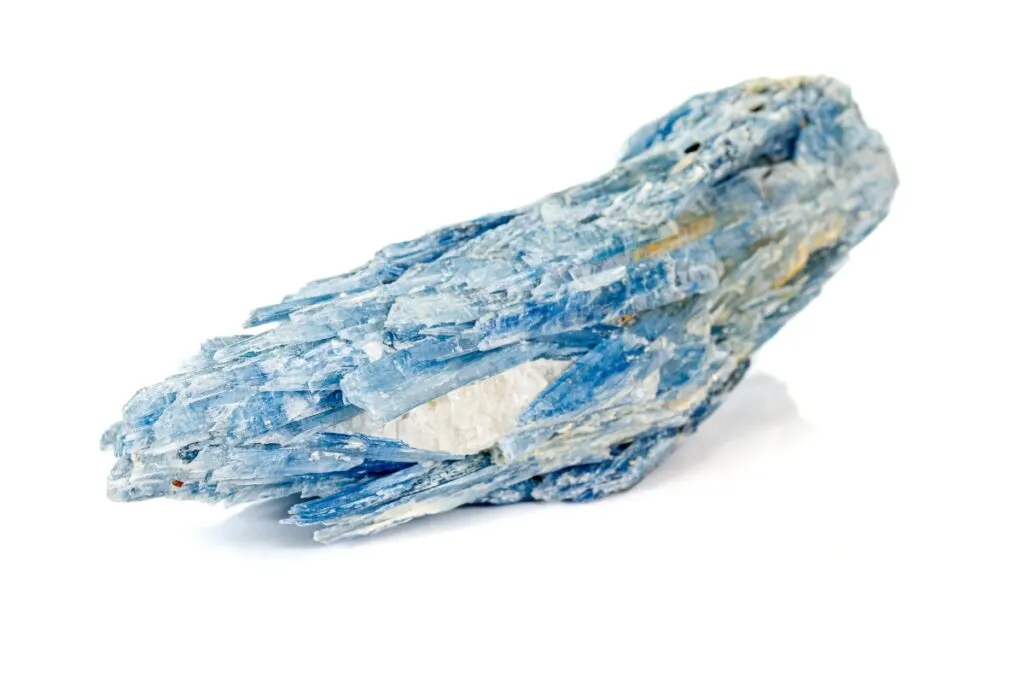
| Location | GPS Coordinates |
|---|---|
| Henry’s Knob | 35.130828, -81.274201 |
| King’s Creek | 35.073563, -81.436882 |
| Cherokee County | 35.049484, -81.553419 |
| Greenville County | 34.866188, -82.328826 |
| York County | 35.018038, -81.085408 |
| Abbeville County | 34.196391, -82.373070 |
Have you ever heard of “blue daggers?” This was the nickname that the early settlers of South Carolina gave to kyanite crystals.
Kyanite is extremely abundant in South Carolina, and, as a matter of fact, the largest Kyanite deposit in the U.S. is in Henry’s Knob. Rockhounds often pick up stunning, gem-quality kyanite from Henry’s Knob and many other areas in the state.
In addition to Henry’s Knob, rockhounds also find kyanite in King’s Creek and Cherokee County. Greenville County and Abbeville County are also popular destinations for rockhounds who are seeking this mineral.
Garnet
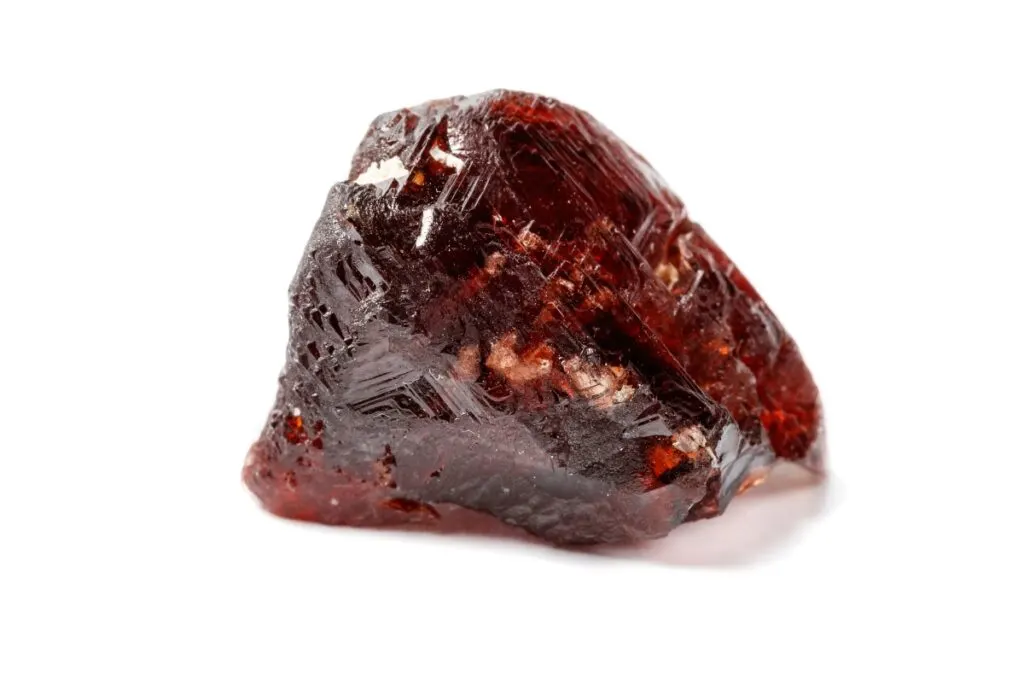
| Location | GPS Coordinates |
|---|---|
| Diamond Hill Mine | 34.270263, -82.574809 |
| Bowens River | 35.164169, -81.578806 |
| Anderson | 34.538371, -82.663598 |
| Greenville County | 34.866188, -82.328826 |
| York County | 35.018038, -81.085408 |
| Abbeville County | 34.196391, -82.373070 |
As you explore the north and central regions of South Carolina, you’ll discover that they are filled with garnets. Almandine is the most common type of garnet in this state, and you’ll typically find it alongside other minerals, so there’s no need to make any extra trips to collect it.
While you search for other minerals near Diamond Hill Mine, Bowens River, or Anderson, keep an eye out for garnets.
Gold
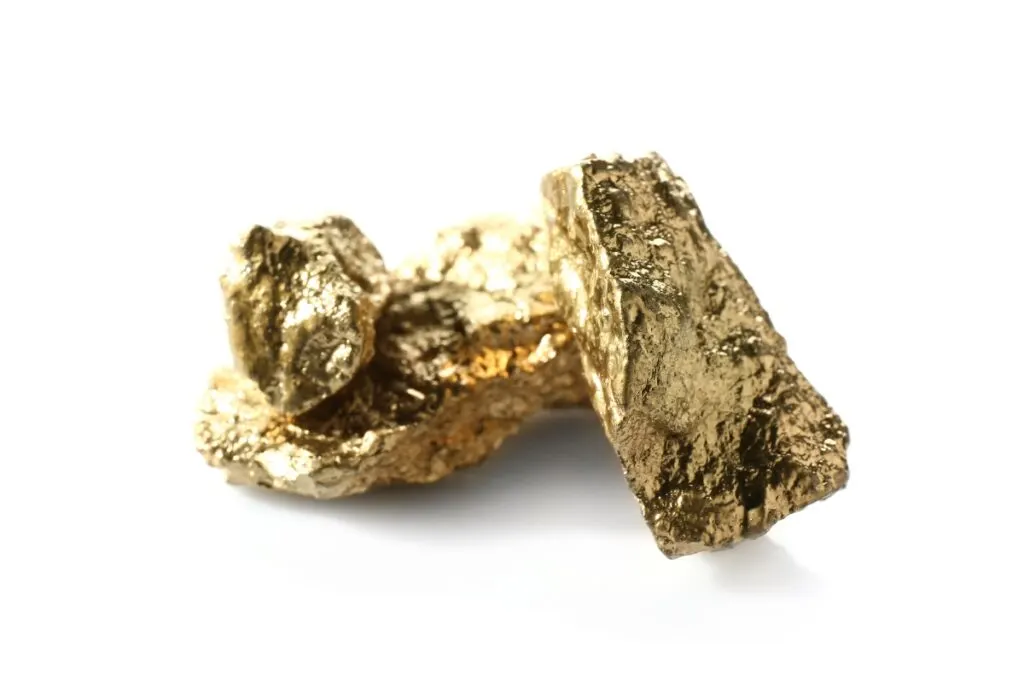
| Location | GPS Coordinates |
|---|---|
| Spartanburg County | 34.919185, -81.919578 |
| Abbeville County | 34.183895, -82.635368 |
| Sleepy Creek | 33.963061, -81.961040 |
| Flat Creek | 34.669787, -80.537368 |
| Lancaster County | 34.770138, -80.836183 |
| Oconee County | 34.817817, -82.945656 |
| Chesterfield County | 34.487328, -80.154367 |
If you are a gold-panning enthusiast, then South Carolina is a great place to visit! Both lode and placer gold exist in South Carolina, and most of the gold from this state is found within the Carolina Slate Belt.
Rockhounds often discover gold in the silty creeks and rivers of this state, and there are also many successful gold mines scattered throughout the area. For instance, the Haile Mine of Lancaster County is a lode mine that has produced over a quarter of a million ounces of gold!
The creeks and rivers near the gold mines of South Carolina typically have plenty of placer gold for rockhounds, especially in Lancaster County and Chesterfield County.
However, any of the rivers and creeks in the Palmetto State have a high possibility of containing gold, specifically the ones located within the Carolina Slate Belt.
TIP: Carolina might be the perfect place to start if you’re interested in panning. With a rich history of gold mining and various promising site. Find out more below:
Gold Prospecting in South Carolina: 7 Best Locations & Laws
FAQ About Common Rocks & Minerals in South Carolina
Continue exploring the rockhounding opportunities of South Carolina with these FAQs:
What Rare Rocks Can You Find in South Carolina
During your South Carolina adventures, some rare rocks to keep an eye out for include agate, jasper, blue granite, petrified wood, fossils, sea glass, and geodes.
Shark teeth, dinosaur bones, and marine fossils are a few popular finds that exist near the beaches of the state. Multiple colors of sea glass also wash up on the shores of South Carolina, along with petrified wood and agates.
Myrtle Beach, Kiawah Island, and Blenheim are three areas with an abundance of rare rocks and fossils. Search near the beaches, rivers, and creeks to pick up all sorts of collectible treasures.
What Rare Minerals Can You Find in South Carolina
South Carolina has a treasure trove of rare minerals for collectors, and some popular ones include diamond, gold, amethyst, garnet, kyanite, aquamarine, topaz, tourmaline, gold beryl, sapphire, smoky quartz, lazulite, and emerald.
While some of these minerals are common finds, such as gold, amethyst, and tourmaline, others tend to be on the rarer side, such as diamonds, sapphires, and emeralds. Out of all these minerals, the one that many rockhounds want to collect from South Carolina is amethyst.
The reason for this is that the Palmetto State has been known to produce some of the highest-quality amethyst in the U.S., and it’s extremely abundant.
There are a few counties in South Carolina where rockhounds collect multiple minerals at once, such as Abbeville County, Cherokee County, and Anderson County. Bowens River, Piedmont, and Henry’s Knob are also well-known gem and mineral collection sites.
What is the Most Famous Rock or Mineral Found in South Carolina
Would you have guessed that some of the largest and most beautiful amethysts in the U.S. come from South Carolina? Amethyst was nominated as the state’s official gemstone in 1969, mainly because of its exceptional quality and abundance.
One of the best amethyst specimens was discovered at Diamond Hill Quartz Prospect in 2008, and it weighed over 118 pounds! This cluster of amethysts was not only enormous, with 14-inch-long crystals, but it also displayed excellent color and clarity.
Today, it is the largest cluster of pure amethyst crystals discovered in North America, and it’s currently on display at the South Carolina State Museum.
Check out Damond Hill Mine, Anderson County, and Bowens River for high-quality amethyst crystals. Clearwater and Jonesville are also top-notch locations for this stunning mineral.
Conclusion
South Carolina has such a unique assortment of rocks and minerals for rockhounds, and you never quite know what you’ll discover during your travels. Perhaps you will find enormous clusters of amethyst crystals, shiny deposits of placer gold, or massive Megalodon teeth.
No matter where you go in the Palmetto State, you’re sure to come across some special and interesting treasures for your rockhounding collection!
TIP: Various fossils are spread throughout South Carolina, and there are also plenty of digging sites where you can hunt for specimens. Find out more in the article below:
Rockhounding in South Carolina: Where to Go & What to Find
